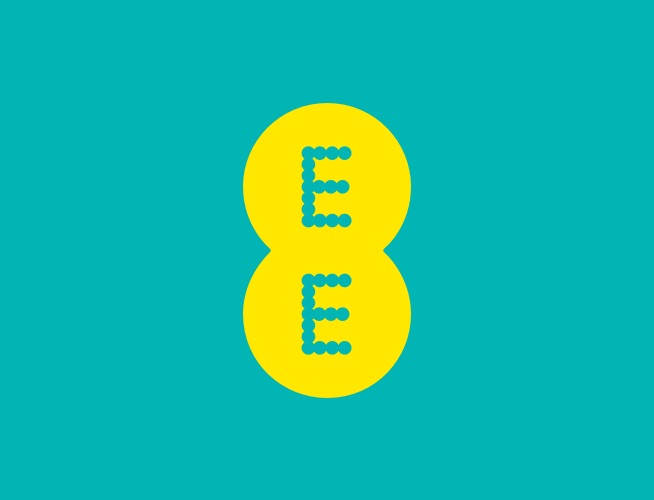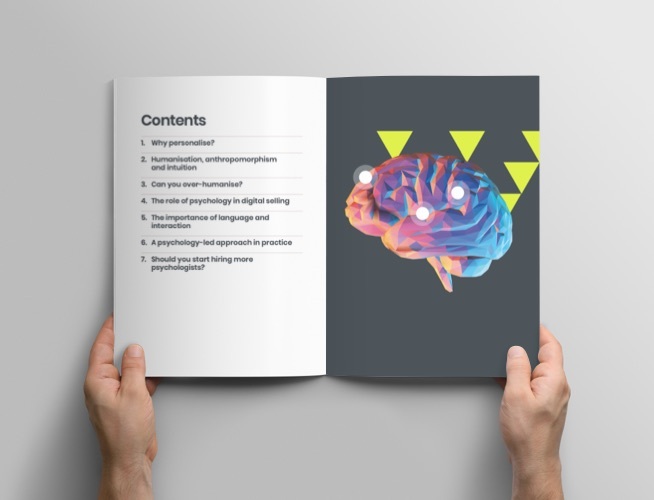Working with, amongst others, consumer psychologists at the Universities of Sussex and Vienna, 15Gifts has developed an unique guided selling model of the psychology behind decision making – discovering the core principles that drive people to make confident choices – and bringing those qualities into the digital world through machine learning.
We’ve condensed years of detailed research into seven key guided selling psychology principles. This is the second of our series exploring those principles.
Principle 4. Communicating the ‘why’
The key to making a confident buying decision is understanding why a product is right for you.
A customer is more likely to purchase if they feel that they’ve been understood, so it’s important to communicate why a product meets their core motivation. However, messaging should appear as helpful and neutral, not designed to persuade.
Supporting psychology
Paraphrasing. You can increase confidence in a recommendation by repeating back information that’s been given by the consumer. This should capture what was said, while showing a wider understanding.
Intrinsic Motivation. When a consumer is offered products that match their motivation, it increases the likelihood of a sale. Therefore, it’s crucial to find a reliable way to understand each customer and discover their individual motivations.
Yale Attitude Change Approach. A Yale University research project into persuasive communication showed (amongst other things) that messages should not appear to be designed to persuade.
How we apply this in the real world…
Due to the conversational nature of the engine, we are able to build up an accurate set of traits about each customer – including their key decision drivers and motivations. The engine then uses these traits to cut through generic product descriptions – providing compelling and personalised USPs that resonate.
Principle 5. Social proof
A consumer’s propensity to purchase can be heavily influenced by the behaviour of others. The impact of this effect is influenced by the level of uncertainty a consumer feels, the volume of people enacting the behaviour and the level of affinity a consumer feels with those people.
Supporting psychology
Social proof principle. If a consumer is uncertain, their behaviour can be heavily influenced by others. This effect is heightened if they feel familiarity with the other people who are enacting that behaviour.
Conformity theory. A consumer may change their behaviour in order to satisfy a need to conform to a particular group – even if they feel strongly that it is not their preferred behaviour.
How we apply this in the real world…
Because each recommendation is the highest converting product across like-minded customers, the engine is able to provide data- backed social proof – showing how popular the product is with similar customers and providing relevancy match scores.
Principle 6. Confidence through context
Customers buy with greater confidence when they feel they’ve made an informed choice. Confident decisions are primarily made by contrasting a primary item with alternatives. The type of alternatives used to frame a primary recommendation can directly influence the perception a consumer has of that primary product.
Supporting psychology
The Goldilocks Technique. Customers are persuaded to choose a middle option when it is positioned between a more expensive option that they don’t need and a cheaper option that does not meet their requirements.
Contrast principle. When consumers make decisions, they tend to do it by contrasting between the decision item and reference items. It is difficult for consumers to make confident decisions without having experienced a comparison.
How we apply this in the real world…
The engine puts the final decision in the hands of each customer. Their ‘perfect match’ is framed with alternatives that have proved effective at building confidence in the primary recommendation.
Principle 7. Targeted upsell
Too many choices can reduce the likelihood of a decision being made and increase dissatisfaction. You can improve conversion by using personalisation to filter out irrelevant products and provide a reduced set of targeted options. The same is true for upsells – with consumers more likely to buy an additional product if they are presented with a limited and personalised set of options.
Supporting psychology
The paradox of choice effect. Too many choices can reduce the likelihood of making a decision and increase dissatisfaction and anxiety. Consumers are also more likely to regret a decision if they were faced with a large number of options during the decision cycle. To increase the likelihood of making a sale, it’s important to offer a focused and simplified set of choices.
How we apply this in the real world…
Insurance and accessory take-up rates are far higher in retail stores than online. This is because the in-store assistant is able to personalise the offering – bringing a targeted option into conversation at just the right moment. Our engine replicates this craft – displaying an upsell offer just before going through to basket and using traits data from their conversation to reduce and personalise choice. During a recent trial, the engine drove an uplift in insurance sales of 59% when compared to control.



